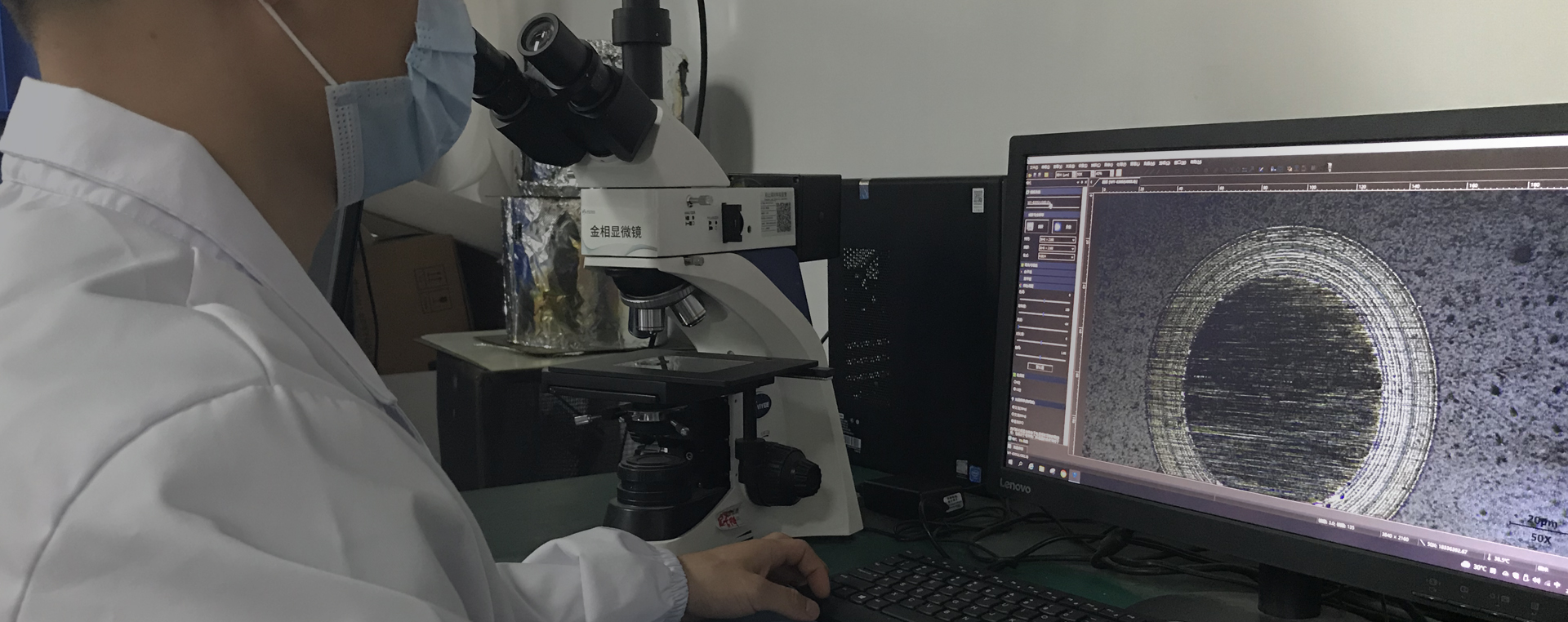Magnetron sputtering technology is divided into direct current (DC) magnetron sputtering, medium frequency (MF) magnetron sputtering and radio frequen
Vacuum magnetron sputtering coating, vacuum evaporation coating magnetron sputtering can be divided into DC magnetron sputtering, medium frequency (MF) magnetron sputtering, radio frequency (RF) magnetron sputtering. DC magnetron sputtering and air pressure sputtering in a certain range can improve the ionization rate (as small as possible to maintain a high ionization rate), improve the uniformity, increase the pressure and ensure the purity of the film, improve the adhesion of the film to reduce the pressure contradiction, and produce a balance. Glow discharge DC sputtering system features: provides an additional source of electrons instead of obtaining electrons from the target cathode. Low pressure sputtering (pressure less than 0.1 Pa). Disadvantages: It is difficult to sputter evenly in large planar materials, the discharge process is difficult to control, and then the process repeatability is poor. Ac magnetron sputtering can be used for single cathode target system, and double target sputtering system is generally used in industry. The target utilization rate can reach more than 70%, the target has longer service life, faster sputtering rate, eliminate the target poisoning phenomenon. Rf Magnetron sputtering Characteristic - RF method can produce sputtering effect because it can produce self-bias effect on target. The breakdown voltage and discharge voltage of RF sputtering device are significantly reduced. The target no longer needs to conduct electricity.
 18922924269
18922924269
